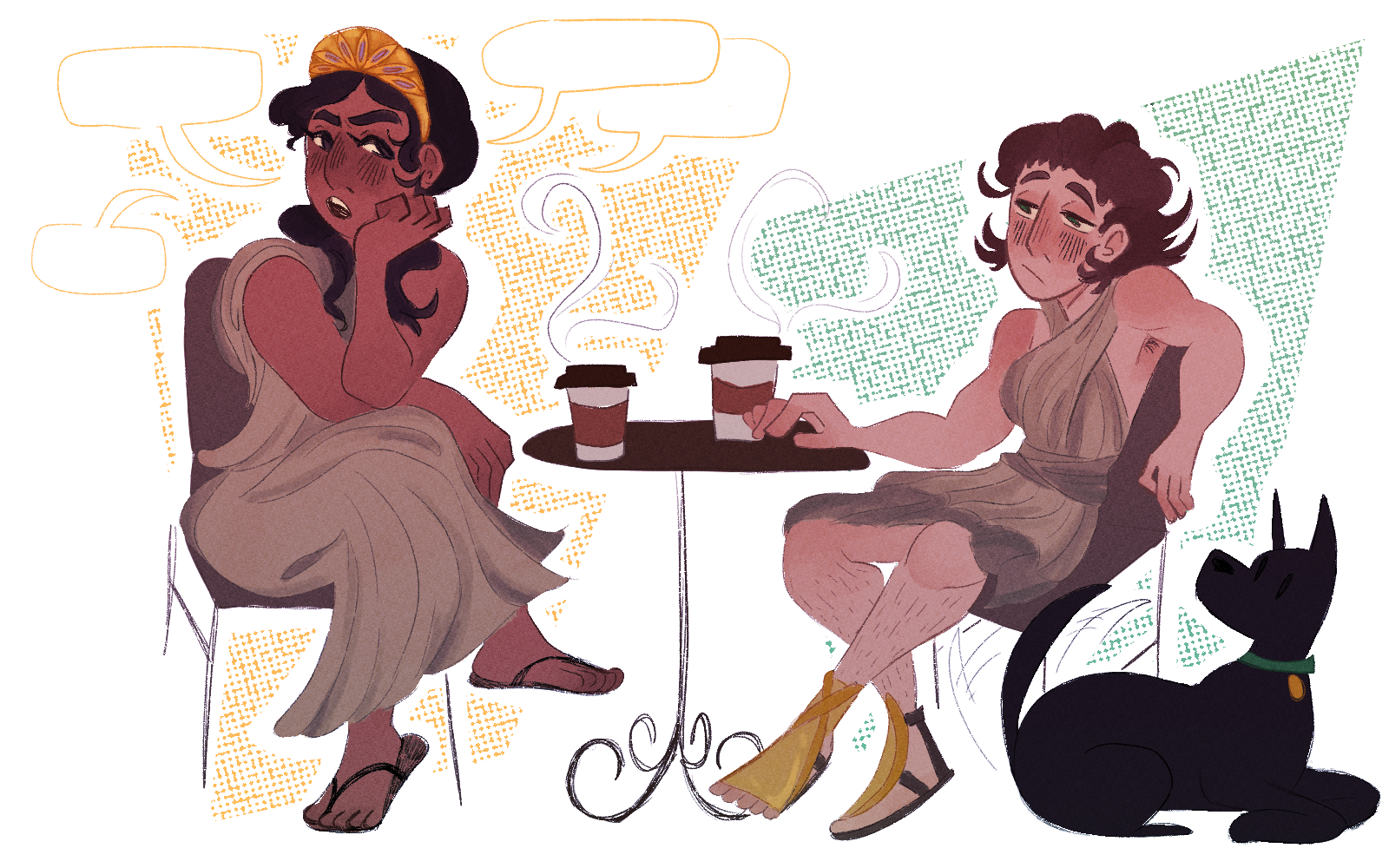The final week features: the Lover, the Sage and the Mother.
We are at the end of our study of Female Archetypes and these are the final three: the Lover, the Sage and the Mother. In the last two weeks, I covered the Maiden and the Mystic, and the Queen and the Huntress.
The Lover
Starting off strong with the Lover, the embodiment of sensuality and captivating passion. Please note that this particular archetype, no matter how it is spun, should not be diminished to represent a sex symbol; there is so much more behind this archetype.
This archetype is a charismatic force field with a magnetic presence that draws people in. They spark our need for intimacy and the desire to establish meaningful and strong relationships. Tap into this one to embrace the highs and lows regarding intimacy and self-discovery. At the height of emotional intelligence, the Lover has an appreciation for aesthetics and beauty, as well as strong intuition. The most passionate of all seven archetypes, the Lover teaches us the art of attraction and intimacy.
Unfortunately, sometimes desire can be a bit of a downer. Though the Lover is apt to find intimate partners, it is hard for this archetype to form a lasting commitment. Hence, when the relationship begins to evolve past initial attraction, the Lover tends to pull away.
A great example of the Lover is Samantha from Sex and the City—known for her animated stories about her sexual encounters, we see how hard it is for her to form a lasting connection with a man. The character, portrayed by Kim Catrall, has a certain magnetism about her, which draws people in. In mythology, Aphrodite or Venus are key examples of the Lover. The Lover compels a woman to fulfill her instincts, whether that be for procreation or pleasure.
The Sage
The Sage embodies wisdom, insight, and intellect—she is a strategic seeker of truth, guided by reason and understanding. The Sage forms alliances with people as goal-oriented as she is, and pursues knowledge with a passion.
Female attorneys, politicians, and academics can characterize this archetype; these professions typically utilize their keen sense of strategy and stoic practicality and can be seen as mentors. For the Sage, it’s always head over heart.
This archetype can be overly mind-focused and is not always the best at staying in the present moment. While admirable, the Sage’s strong desire for recognition for her strategic thinking results in basing self-worth on intellect alone.
Athena is a quintessential example of the Sage. She is renowned for her wisdom and intellect and serves as a mentor for various heroes as they pursue their goals. Athena also represents an emphasis on intellect over emotion—she opts for strategic planning as opposed to emotion-driven actions.
The Mother
The Mother, nurturing and compassionate and providing unconditional love, takes care of those around her and is a source of comfort. She is seen as a protector and loves selflessly, even going so far as to make great sacrifices for that love. The Mother is the one who creates our connections with nurturing, protecting, heart-centered relationships.
This archetype cares deeply for those around her, and gains fulfillment by nurturing others. She fosters growth and her protective instinct is incredible. You’ve got a ride-or-die in the Mother archetype. This archetype is linked with creation, fertility, and responsibility—it represents a maternal instinct.
However admirable it is for this archetype to be selfless, it can sometimes be too much. The Mother archetype often puts everyone else’s needs before her own, with little regard or attention to her own needs and wants—she gives up on her own aspirations to ensure someone else’s. It is tough for this archetype to set boundaries for her own good.
The Big Bang Theory’s Sheldon Cooper has a spin-off show, in which his mother, Mary, is one of the main supporting characters. Mary Cooper embodies this archetype in many ways. She is nurturing and caring, is always there to lend a helping hand, and is always concerned about her son’s well-being—she’s a loving and supportive character who bestows emotional guidance and stability. Mary also demonstrates selfless devotion as a mother, one of the core aspects of the Mother archetype. In mythology, Demeter is representative of the Mother archetype. The Greek goddess of agriculture, fertility, and harvest, is also Persephone’s mother and is protective of her daughter when she is abducted by Hades.
And there you have it! Those are all seven of the Female Archetypes—bear in mind, no one embodies just a single one. Everyone has different aspects of these archetypes; I recognize many of my personality traits in all seven. I hope you enjoyed this little series just as much as I did researching and writing about it.
